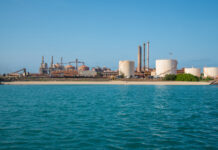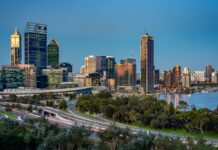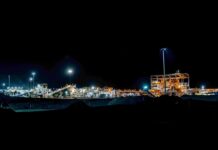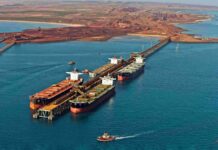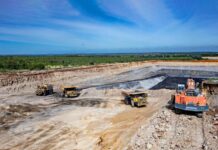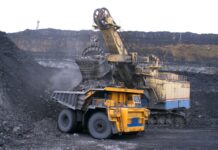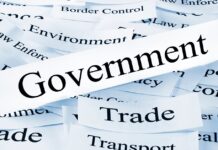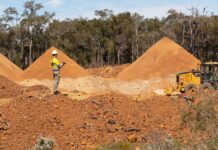Queensland to keep running on coal into 2050
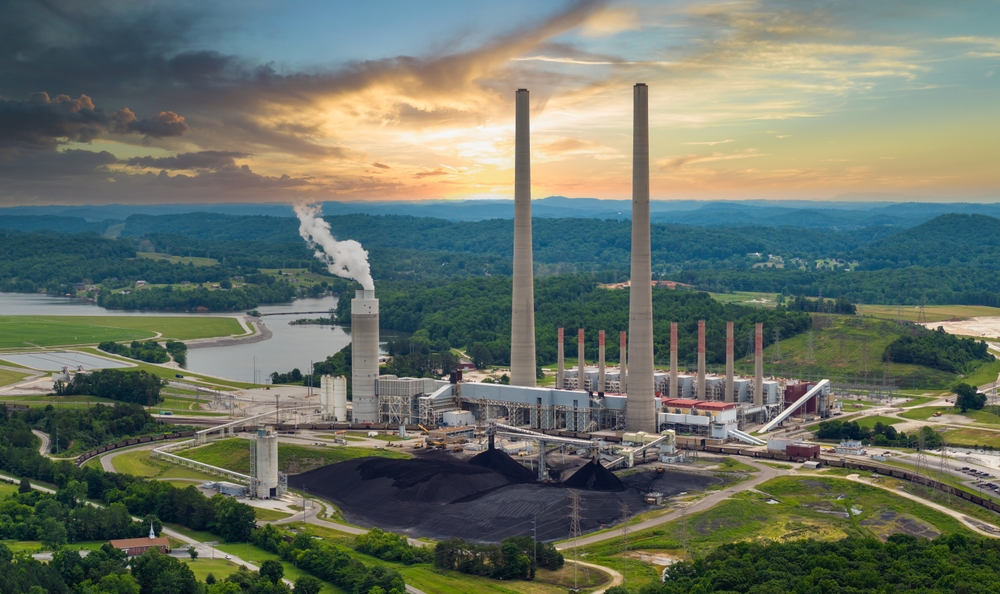
The Queensland Government will build a new gas-fired power plant and continue operating coal-fired power plants into 2050, outlined in the state’s energy roadmap released today.
The roadmap outlines that coal will continue to underpin affordable and reliable energy supply to the state for as long as needed with gas emerging as a critical technology for system reliability.
According to the roadmap, in 2025, there is about 8GW of coal-fired generation capacity owned and operated by government owned corporations (GOC’s) and the private sector in Queensland, supplying more than 60% of total output.
The state also has about 3.5GW of combined gas and open-cycle gas turbine capacity and by 2030, boosted by new projects outlined in the roadmap, the system is expected to support up to 4.1GW of gas-fired generation and by 2035, between 6.1–8.3GW.
Queensland treasurer and Energy Minister David Janetzki says the roadmap is a pragmatic plan that improves the energy assets the state has today, while it builds what is needed for the future.
“A sensible transition means affordable, reliable and sustainable energy for all Queenslanders,” he said.
“State-owned coal assets will continue operating for as long as needed in Queensland’s electricity system and supported by the market.”
Queensland Government owned generators will continue to progress options to deliver new gas-fired generation including CS Energy’s Brigalow gas peaker, Stanwell’s Lockyer energy project and CleanCo’s investigation of a new open-cycle gas turbine at Swanbank.
The Queensland Government has committed to reach net zero by 2050, with the target to reduce carbon emissions by 75% by 2035 under review.
Climate Council energy expert Greg Bourne says the roadmap is more of a roadblock to progress.
“Chaining Queensland to coal clunkers for 20 years is a bet against Queensland’s future,” he said.
“It’s bad economics, bad for the climate and bad for Queensland households.”
According to the roadmap, renewable energy sources, including solar, hydro and wind, currently account for about 28% of the state’s energy production. By 2030, Queensland’s energy generation and storage mix is expected to comprise about 3.4GW wind and at least 4.2 GW large-scale solar, 3.1GW short-duration storage, .8 GW medium-duration storage and 3.9GW of gas-fired generation.
“Leveraging existing coal assets is an economic solution, with Queensland’s state-owned generators underpinned by competitive coal supply arrangements, enabling the supply of low-cost energy into the market, placing downward pressure on prices for Queenslanders,” Minister Janetzki said.
“Into the future, Queensland will need coal generation, more wind and solar and additional dispatchable supply including gas turbines, pumped hydro and batteries for firming and storage.”
In the roadmap, the Queensland Government reaffirmed its commitment to deliver the CopperString project and the Gladstone project to support the state’s energy network.
Queensland Resources Council (QRC) chief executive Janette Hewson says while supportive of the roadmap, the QRC encourages government to continue improvements for streamlining approvals.
“Queensland’s resources can take up to 16 years to get out of the ground due to duplication and excessive regulation in the approvals process,” she said.
“Queensland will miss its opportunity in the energy transition to produce more gas and thermal coal for generation and steelmaking coal for wind turbines or minerals for solar panels if projects don’t come online sooner.
“CopperString’s western link from Hughenden to Mt Isa is essential for exploration and production of the critical minerals needed for the energy transition. Resources companies can find some comfort in today’s North West Energy Fund announced along with the western link of the project, however delays could put projects at risk, particularly those that are critical to the energy transition.”




